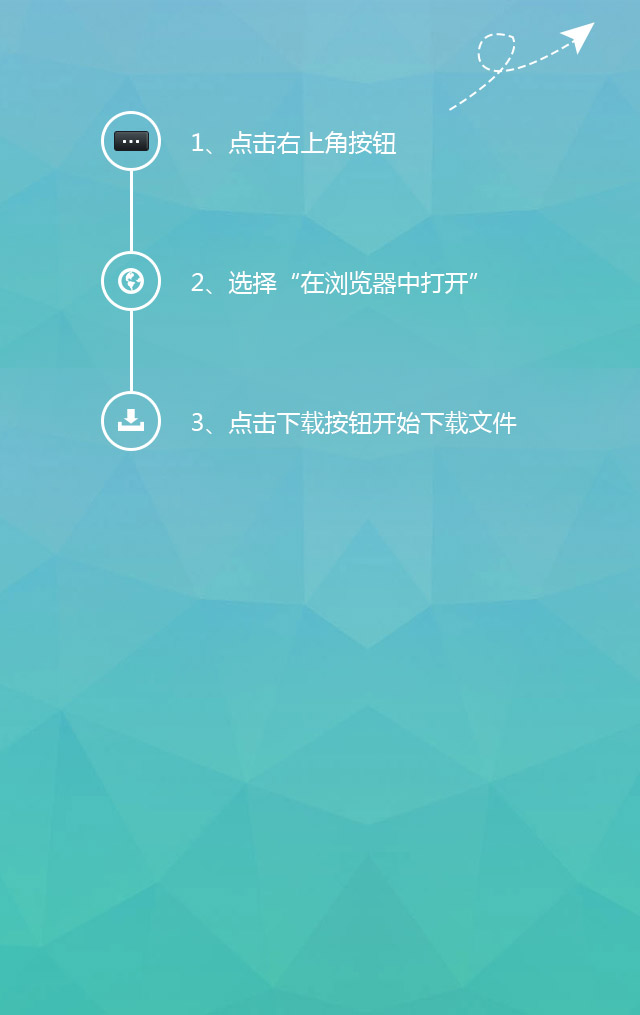A quick guide to China import and export regulations
Navigating the complexities of China’s import and export regulations can be overwhelming. With the Chinese government frequently adapting its policies, staying up-to-date is a challenge for many businesses.
But don’t worry – this guide simplifies the essential regulations for businesses seeking to streamline their trade with China. Let’s break down the key elements, so you can focus on growing your business.
Understanding Taxes and Duties
When importing goods into China, you will encounter various taxes and duties imposed by Chinese Customs. These can vary depending on the type of goods and trade agreements. Here’s an overview of what you need to know:
Import Duties
Import duties in China are levied on a specific list of products, with around 8,549 items currently subject to these taxes. Rates for import duties are adjusted annually and may change depending on trade agreements or other policy factors.
Key Points to Consider:
Reduced Tariffs: Certain products benefit from lower tariffs or even zero tariffs as of 2024.
Most-Favored-Nation (MFN) Rates: The baseline rate applied to imports from countries with no special trade agreements with China.
Preferential Rates: Countries with trade agreements may enjoy reduced or preferential duty rates on certain products.
Temporary Rates and Quotas: Some goods may fall under temporary duty rates, often used to control supply and demand in specific industries.
Export Duties
Unlike import duties, export duties in China are generally limited to specific resources and semi-manufactured goods. These duties typically apply only to selected products, with most exports enjoying duty-free status. However, export duties are sometimes imposed temporarily to control the export of key raw materials.
Benefits for Technical Equipment Importers
Since 2019, China has allowed importers of key technical equipment to benefit from exemptions on crucial components and raw materials listed in a government-approved catalog. This allows businesses in the technology and manufacturing sectors to reduce costs and improve their operations.
Optimizing Your China Trade
To ensure smooth business operations and avoid unnecessary delays or fines, staying informed and proactive is essential. Here’s how businesses can optimize their trade in China:
Stay Updated on Regulations
Customs regulations are constantly evolving, so it’s essential to regularly monitor official announcements and updates from Chinese authorities.Consult Experts
Working with customs brokers or logistics specialists who are familiar with Chinese regulations can save you time and prevent costly mistakes.Leverage Technology
Using online tools and resources can help you quickly calculate duties, check compliance, and stay ahead of regulatory changes.
Considering Outsourcing Supply Chain Management?
Managing supply chain operations while keeping up with China’s import and export regulations can be a daunting task. That’s where Gomax comes in.
We offer comprehensive support for international companies trading with China. Our team of logistics, finance, and trade compliance experts ensures that you remain fully compliant with China’s import processes, VAT refunds, and duties. We handle the complexity so you can focus on what you do best – growing your business.
Contact Gomax
📧 Get in touch: info@gomaxgroup.com
Our Services Include:
China Entry & Incorporation | Finance Outsourcing | Tax & Financial Advisory | Work Permit | Trademark & Copyright
推荐
-

-

QQ空间
-

新浪微博
-

人人网
-

豆瓣











